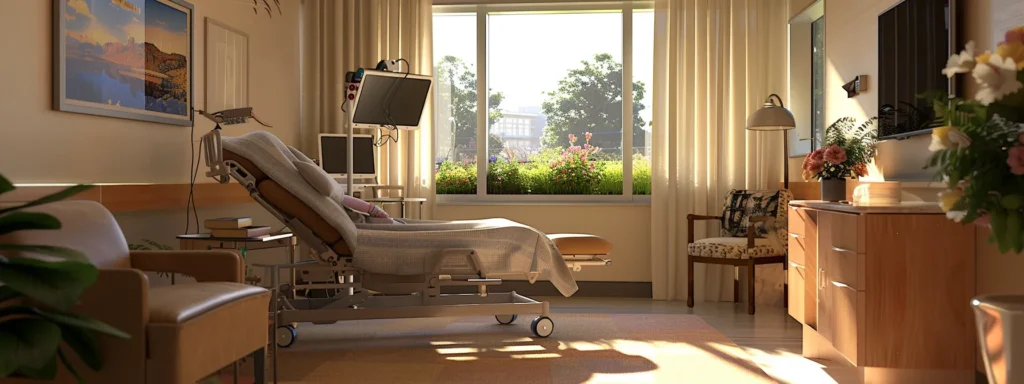
Updating an older home requires a delicate blend of restoration skills and modern upgrades. Homeowners often face the challenge of preserving the property’s original charm while meeting today’s standards for comfort and energy efficiency. Whether planning to retrofit a vintage kitchen or reinforcing structural integrity, success hinges on making informed decisions that honor the past while securing the future.
If you’re at the crossroads of revitalizing your historic haven, you’ve come to the right place. Below, we delve into practical tips and resources to help breathe new life into your treasured abode while keeping its history intact.
Assessing Your Older Home Before Renovation

Before diving into a renovation project, it’s crucial to thoroughly assess your home’s current condition. This initial evaluation should uncover any structural issues, subpar systems, or areas that require code compliance updates. Consulting with a professional inspector who specializes in older homes can provide an expert’s perspective on what needs attention and the extent of necessary repairs.
Identifying potential hazards like asbestos or lead paint is especially important in older homes. These materials, often found in homes built before the 1980s, require proper handling and disposal. Mitigating such hazards not only ensures your safety but also helps maintain the home’s value and prevent future liabilities.
Finally, consider the efficiency of existing systems. Older homes often have outdated electrical, plumbing, heating, and cooling systems that might be inefficient or unsafe. For instance, consulting experts like SMW Refrigeration & Heating in Tempe AZ can ensure your HVAC system upgrade aligns with both contemporary functionality and the integrity of your historic residence.
Balancing Modern Upgrades With Historical Charm

One of the biggest challenges in updating an older home is integrating modern conveniences without overshadowing its historic charm. Careful planning and design choices can ensure that necessary upgrades, such as installing energy-efficient windows or insulation, do not compromise the home’s original character.
Incorporating contemporary design elements should be done with a nod to the home’s period. This calls for a blend of restoration and innovation where modern functionality meets vintage appeal. Kitchen and bathroom remodels, for example, can feature cutting-edge appliances and fixtures that still reflect the home’s era.
Smart home technology is another area where modernity can be woven discreetly into an older home. Wireless systems for heating, cooling, and security offer the benefits of contemporary living without the need for invasive installation that could damage historic interiors.
Choosing the Right Materials and Techniques for Ageing Properties
Selecting appropriate materials is paramount when renovating an older home. The goal should be to match new materials with the historic fabric of the house as closely as possible. This means opting for natural, period-appropriate materials like wood, stone, and lime plaster that blend seamlessly with your home’s original features.
Considering the longevity and durability of materials is equally important. While eco-friendly and sustainable options such as reclaimed wood or recycled metal might carry a higher upfront cost, they could provide long-term benefits and sustainability without compromising the home’s aesthetic.
For elements like electrical work and lighting, modern technology needs to be incorporated responsibly so as not to detract from the historic essence. Finding suppliers specializing in replicas or period-inspired fixtures, such as those offering electrical and lighting products, can help maintain visual coherence throughout your home.
Finding Trusted Contractors and Using Preservation Resources
Selecting the right contractors is crucial in any renovation, but it’s especially significant when dealing with older homes. Look for professionals with a track record of quality work on historic properties. Recommendations from local preservation societies or homeowners of similar properties can be invaluable in this process.
It’s essential to obtain multiple bids and thoroughly check references before making a decision. A reputable contractor should be transparent about their capabilities, provide a detailed project plan, and be willing to collaborate closely with you throughout the renovation process.
Altogether, renovating an older home is a journey that requires research, respect for history, and a meticulous balancing act between old and new. Overall, with careful planning, the right team, and a wealth of information at your fingertips, you can ensure that your update pays homage to its storied past while securing its future for generations to enjoy.




